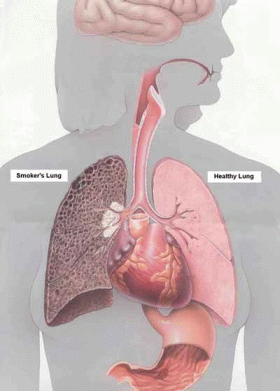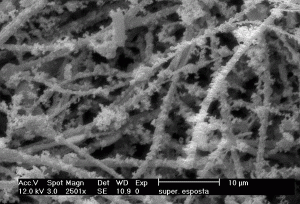Pollution and health
The tremendous technological
developments of the twentieth century have
ensured important benefits for western industrialized countries
in terms of increased life expectancy and quality of life, while at the same
time they are generating great hopes
for progress in developing countries. Unfortunately, such rapid development,
particularly in the bigger Asiatic
countries, is hugely increasing the impact of human activity on the environment
and, as a consequence, on health, too.
Modern industrialisation and an economy based on boosting consumption of often
unessential items and services lead to waste and bad habits (excessive use of
private vehicles, overproduction of garbage, etc.). The result is a
growing pressure on the environment due to the
ever-increasing dumping of all kinds of
products in the air, water and soil, which can have harmful effects on our
health.
In all countries, including the United States where the strictest environmental
regulations are in force, the presence in the atmosphere of photochemical
pollutants![]() (ozone
(ozone![]() ), carbon monoxide, atmospheric
particulate matter
), carbon monoxide, atmospheric
particulate matter![]() ,
nitrogen oxides
,
nitrogen oxides![]() ,
hydrocarbons and heavy metals
(for instance noble metals from catalytic converters) continues to increase.
,
hydrocarbons and heavy metals
(for instance noble metals from catalytic converters) continues to increase.
As far as the effects of a noxious substance on our health are concerned, we must point out that:
- they can be observed far from the pollution
 sources, as a consequence of the mobility of pollutants across environmental
compartments and
sources, as a consequence of the mobility of pollutants across environmental
compartments and - the effects may be delayed in time with regard to the moment of exposure, since the damage to our health may be of a latent nature.
We see a harmful effect on our health when:
- the chemical reaches the vulnerable organ or tissue of the person exposed to it, either by swallowing, breathing or touching;
- the degree of exposure or dose (expressed as unit of mass of the toxic substance per unit of body mass) is sufficient to create a damaging response. Response depends both on the toxicant and on the individual (individual sensitivity depends on state of health, genetic factors and the immune system, amongst other things). The two extremes of intoxication are: acute exposure, from brief exposure to high concentrations of the pollutant, and chronic exposure, from long-term exposure to small doses of the pollutant.
 |
Fig. 1:
Healthy lung on the right, smoker's lung on the left. (Credit: Oxidative Stress in the Lungs - Associated Diseases) |
Gaseous pollutants tend to enter the body through breathing. When these substances come into contact with the bronchial tract they trigger off an initial reaction such as irritation of the eyes, nose and throat, and then even coughing, asthma or rhinitis which, with prolonged exposure, become chronic and lead to serious conditions such as cardiovascular and respiratory disorders or lung cancer. Children, old people and those already weakened by heart and circulatory and/or respiratory diseases are most affected by air pollution.
 |
Fig. 2:
Environmental alert in Bologna in Jan. 2003, due to the high level of particulate matter
and of gaseous pollutants. (Credit: La Repubblica 11/02/03) |
|
Fig. 3: Electronic microscope (SEM) image of a
quartz-fibre filter on which fine particulate matter
(PM2.5) was sampled in the University district in Bologna, Italy (Jan.
2003). (Credit: Dr. Giuseppe Falini) |
 |
 |
Fig 4: Electronic
microscope
(SEM) image of the same quartz-fibre filter before sampling. Consider
different optical resolutions in Figures 3 and 4. (Credit: Dr. Giuseppe Falini) |